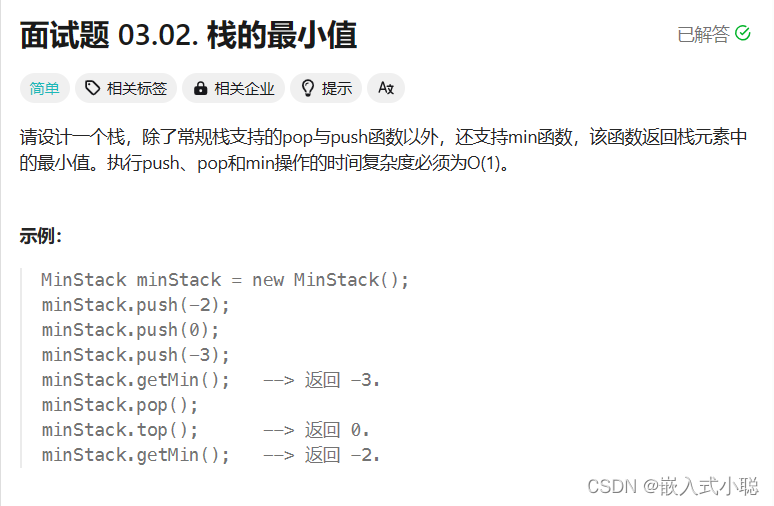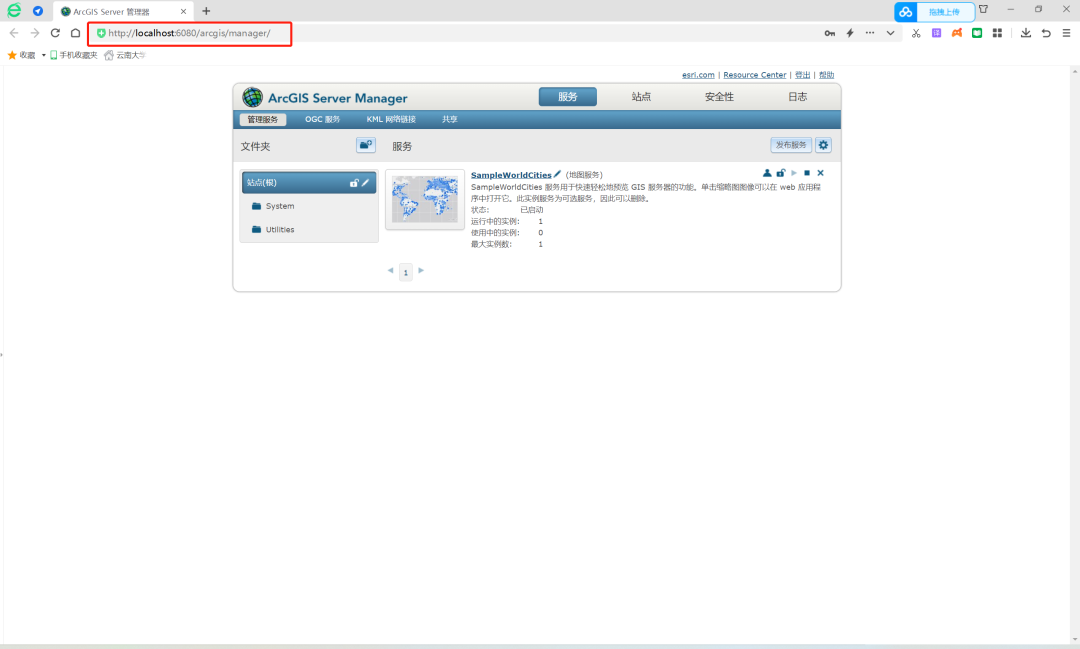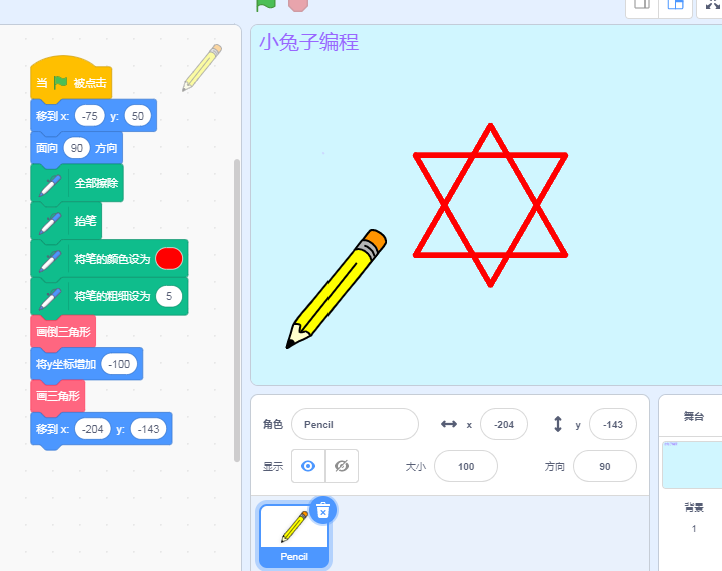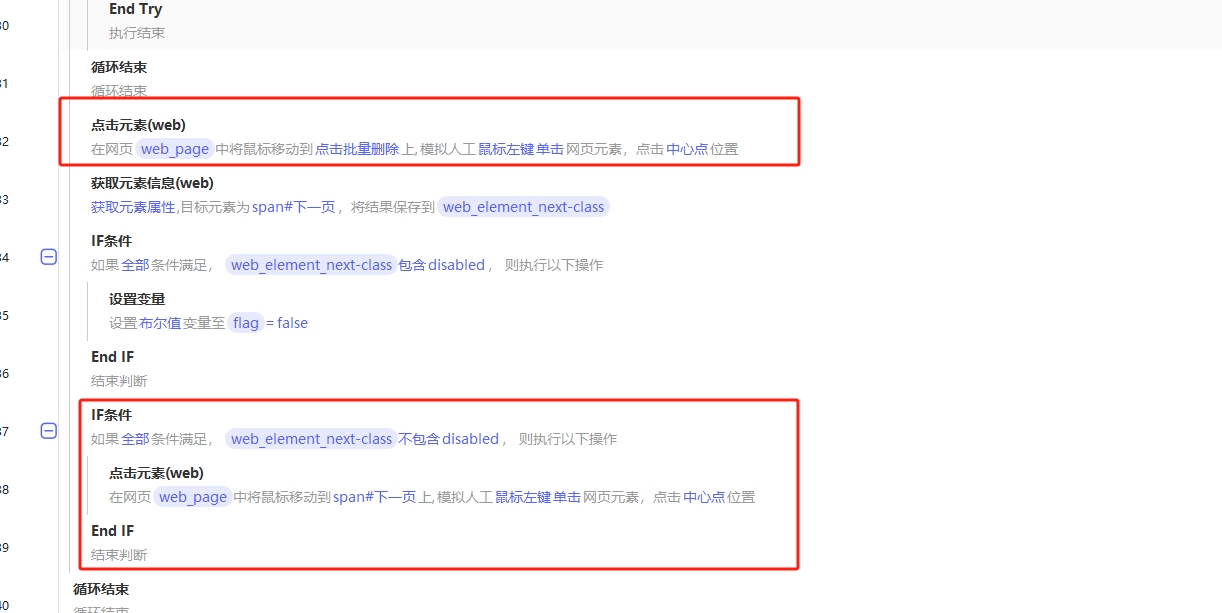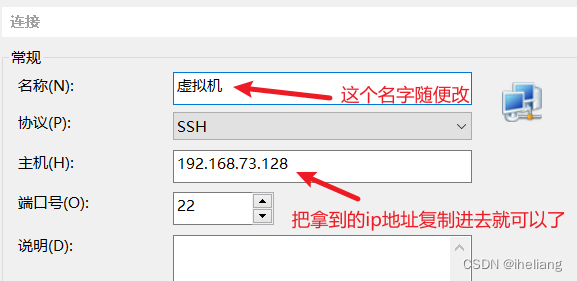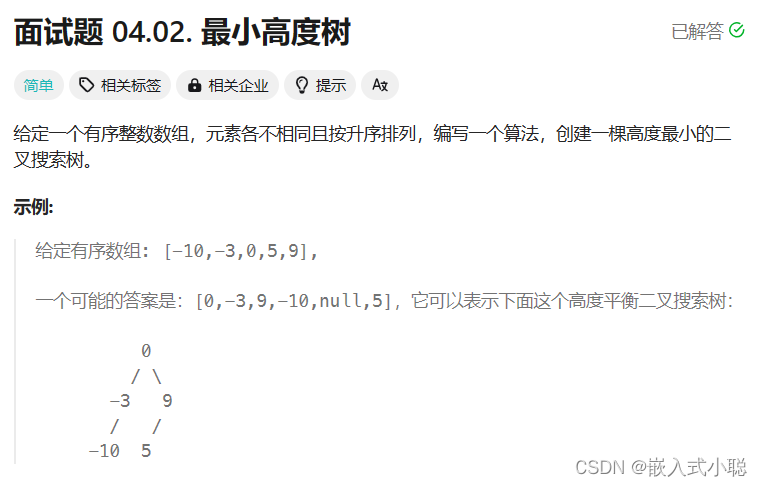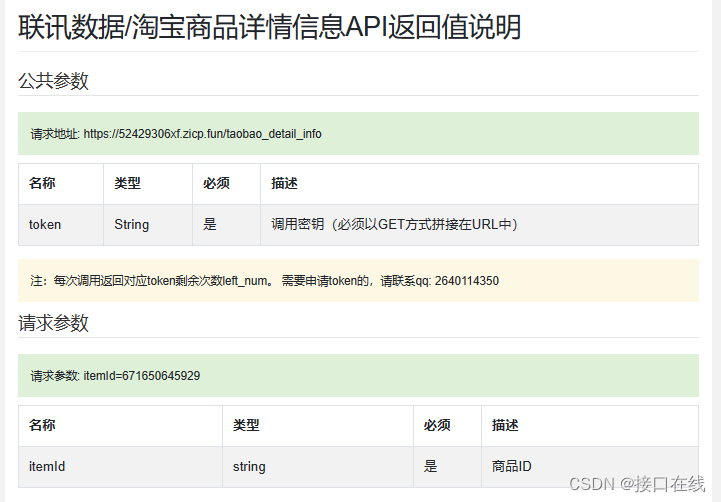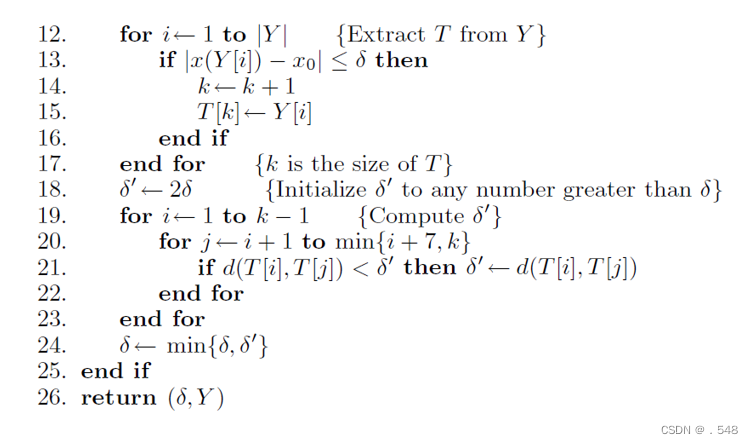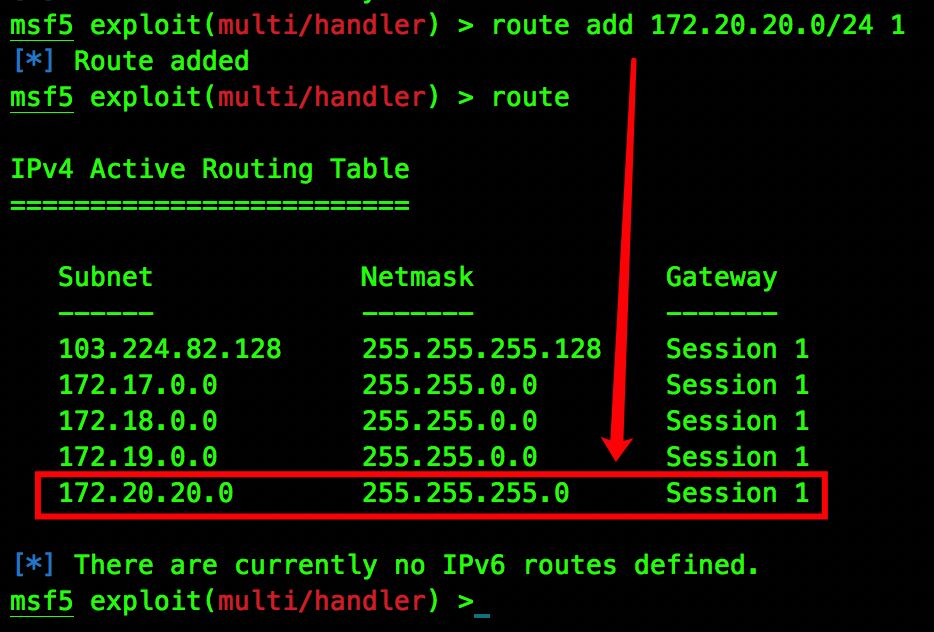目录
题外话
正题
单例模式
概念
优点
缺点
饿汉式单例模式
代码及详解
懒汉式单例模式
代码及详解
小结
题外话
昨天爬山去了,回来吃了个烧烤有点累,昨天旷了一天,每周稳定发个五篇文章是没什么太大问题的
正题
单例模式
概念
是一种常见的软件设计模式,确保一个类只有唯一一个对象,并提供一个全局访问点去获取这个实例
很多时候我们不需要一个类有多个实例
优点
提供对唯一实例受控访问,减少内存占用,避免资源多重消耗占用
缺点
不提供有惨的构造方法,不易扩展,无法创建多个实例对象,而且可能存在线程安全问题
饿汉式单例模式
所谓饿汉式,就像一个饥饿的人见到健康食物就会迫不及待的吃
在类加载的时候就会创建实例对象,构造函数私有化无法在外面创建对象,保证一个类只有一个单例对象
代码及详解
class Singleton{
//创建私有化静态成员
private static Singleton instance=new Singleton();
//提供全局访问方法,去获取唯一的静态成员
public static Singleton getInstance() {
return instance;
}
//创建私有化构造方法
private Singleton()
{
}
}
这样写无论调用多少次getInstance方法都是唯一的静态成员
示例:
public class ThreadDemo16 {
public static void main(String[] args) {
Singleton s1=Singleton.getInstance();
Singleton s2=Singleton.getInstance();
System.out.println(s1==s2);
}
}

懒汉式单例模式
懒汉只需要躺在沙发上伸手去拿食物就可以吃
方法调用时会创建唯一的对象
代码及详解
class Singletonlazy
{
//创建私有化静态成员instance
private static Singletonlazy instance;
//提供一个公有花静态方法
public static Singletonlazy getInstance()
{
//如果instance为空的时候确保唯一性
if (instance==null)
{
//调用构造方法new一个对象
instance=new Singletonlazy();
}
//返回instance
return instance;
}
}
注意:这不是一个线程安全的方法
示例:
我们想创建出该类只有唯一一个静态成员,但是如以下代码运行结果可知,这不是线程安全的
public class ThreadDemo17 {
//创建两个静态变量s1,s2
static Singletonlazy s1;
static Singletonlazy s2;
public static void main(String[] args) throws InterruptedException {
//创建t1,t2线程分别调用getInstance方法,赋给s1,s2
Thread t1=new Thread(()->
{
s1=Singletonlazy.getInstance();
});
Thread t2=new Thread(()->
{
s2=Singletonlazy.getInstance();
});
//启动t1,t2线程
t1.start();
t2.start();
//因为main会很快执行完,有可能t1和t2还没执行完,所以要让t1,t2线程先执行,main最后执行
t1.join();
t2.join();
//打印s1,s2地址,判断s1是否和s2是同一个变量
System.out.println(s1);
System.out.println(s2);
System.out.println(s1==s2);
}
}

这就说明我们所创建的懒汉式方法并不是线程安全的
此时我们可以使用锁,代码如下
class Singletonlazy {
//创建私有化静态成员
instance private static Singletonlazy instance;
//提供一个公有花静态方法
public static Singletonlazy getInstance() {
//加锁保证线程安全,注意我加锁的位置!!
synchronized (lock) {
//如果instance为空的时候确保唯一性
if (instance==null) {
//调用构造方法new一个对象
instance=new Singletonlazy();
}
}
//返回instance
return instance;
}
}
此时我们再调用这个代码
public class ThreadDemo17 {
//创建两个静态变量s1,s2
static Singletonlazy s1;
static Singletonlazy s2;
public static void main(String[] args) throws InterruptedException {
//创建t1,t2线程分别调用getInstance方法,赋给s1,s2
Thread t1=new Thread(()->
{
s1=Singletonlazy.getInstance();
}
);
Thread t2=new Thread(()-> {
s2=Singletonlazy.getInstance();
}
);
//启动t1,t2线程
t1.start();
t2.start();
//因为main会很快执行完,有可能t1和t2还没执行完,所以要让t1,t2线程先执行,main最后执行
t1.join();
t2.join();
//打印s1,s2地址,判断s1是否和s2是同一个变量
System.out.println(s1);
System.out.println(s2);
System.out.println(s1==s2);
}
}
此时的运行结果

小结
此篇博客内容到此结束,希望对大家有所帮助,我继续看课程去了!!
